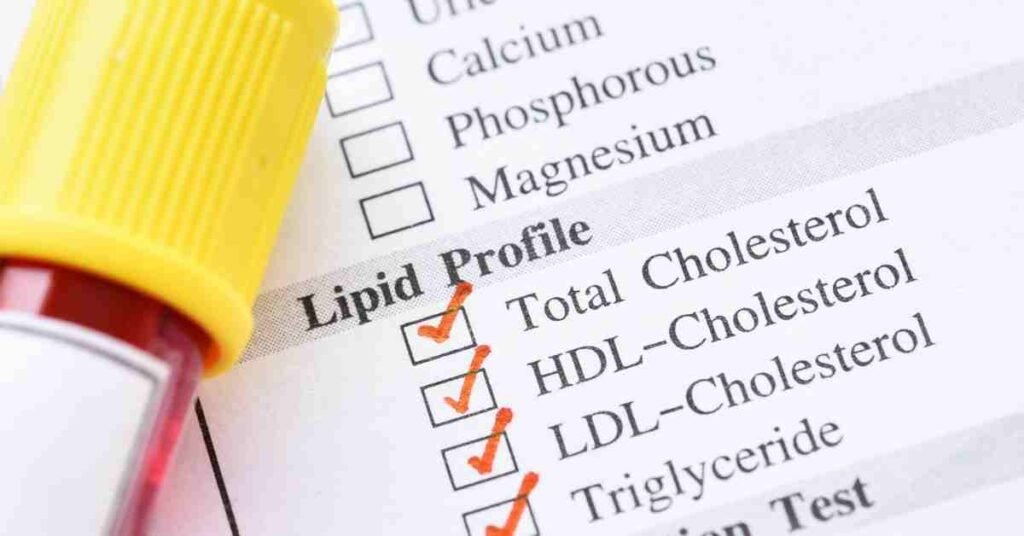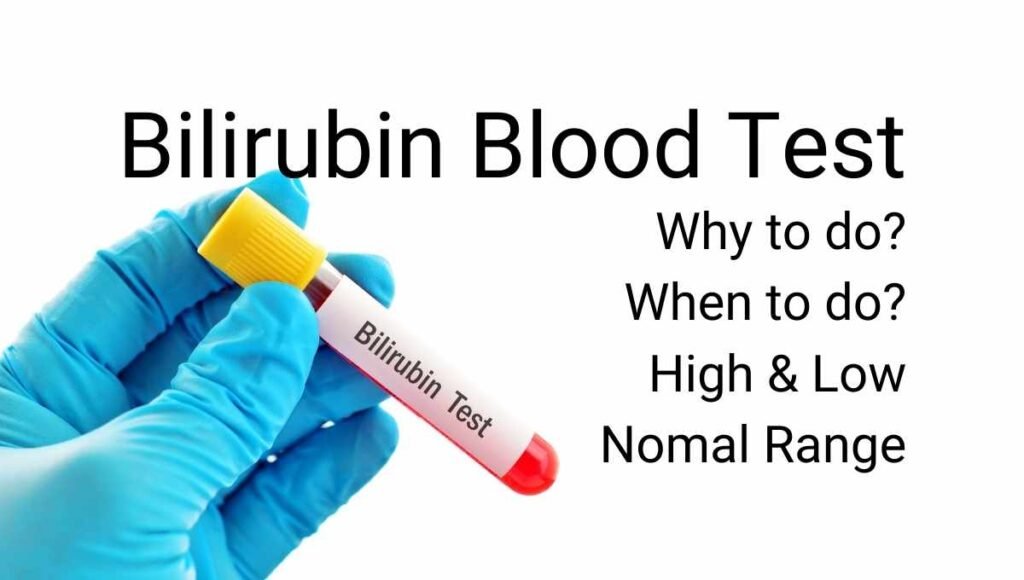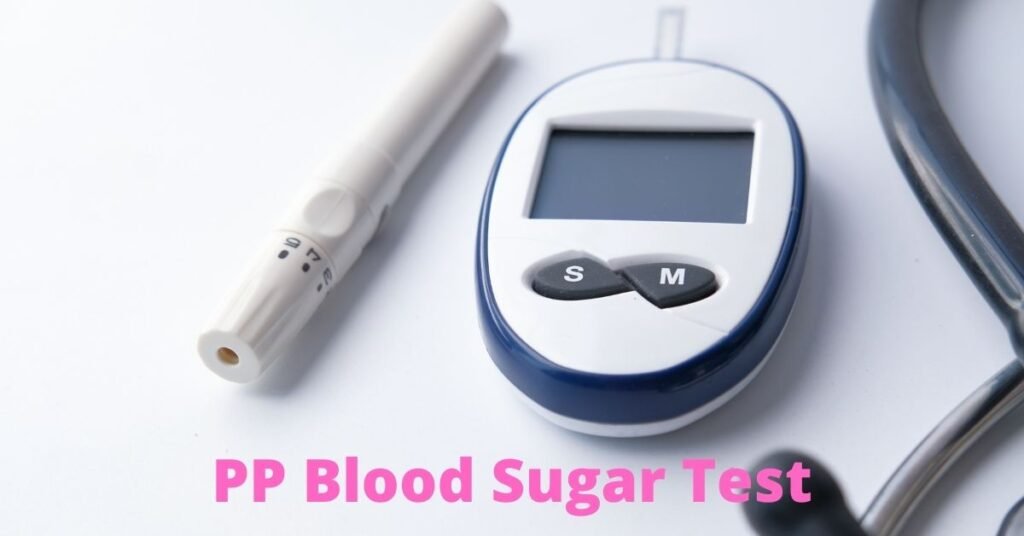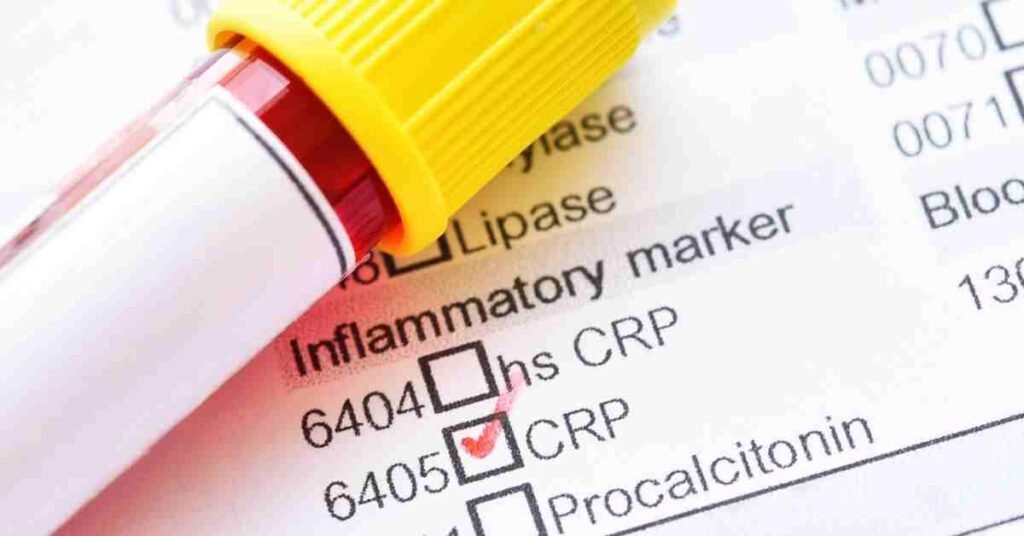Lipid profile test, also called as lipid panel test is a blood test that is a part of routine test. This test measures the amount of cholesterol and triglycerides in our blood.
Lipid Profile Test Importance
Now you may ask why lipid profile test is done? This test helps us to know if there is any risk for fatty deposit build up in arteries of our body ( atherosclerosis), thus the arteries become narrowed or blocked.
It helps to determine if there is any risk to develop coronary artery disease, because high level of cholesterol is an important risk factor for developing coronary artery disease.
It is important to note that high cholesterol may not give any signs or symptoms. So, lipid profile test helps to determine what is the level of cholesterol, whether it is high or low, helps to predict the risk of heart disease, heart attack, blood vessel related diseases, etc.
Lipid Profile Test Measures
Lipid profile test gives the value of four types of fat in our blood
- Total cholesterol- It is the amount of total cholesterol present in our blood.
- Low- density lipoprotein (LDL) cholesterol- This type of fat is also known as bad cholesterol because high levels of it causes fatty deposition in the arteries (atherosclerosis), as a result flowing of blood through arteries is reduced or blocked. This type of fat is associated with various heart diseases, heart attack, blood vessel diseases, etc.
- High- density lipoprotein (HDL) cholesterol- This type of fat is also known as good cholesterol as it carries LDL cholesterol from periphery to liver, so arteries remain open to blood flow.
- Triglycerides- This type of fat is made when we take excess calories by eating food more than we need. Body converts this excess calories into triglycerides and this triglycerides are stored in the fat cells of our body. So, high triglycerides are commonly seen in obese people or who are overweight, who have a sedentary lifestyle, who takes too much food such as too much sweet, who drinks too much alcohol, who smokes a lot and also in people with diabetes.
- Very low density lipoprotein- This type of fat is also a bad cholesterol. High VLDL level is associated with fat deposition in the arteries. It’s not easy to measure VLDL level in blood, so mostly its value is estimated based on the triglyceride measurement.
Lipid Profile Test Purpose
Purpose of the lipid profile test are the following
- Screening for heart disease
- As a part of routine exam, so overall health condition can be determined.
- To know the risk of developing coronary artery disease, heart disease, etc
- To monitor the response of ongoing treatment
- To monitor the outcome of treatment, if any treatment modification is needed or not
- To take precautions before any signs and symptoms of high cholesterol appear
Who should get a Lipid Profile Test?
Lipid Profile test is a routine test just similar like MCV Blood Test, MCHC Blood Test etc. Patients with diabetes are recommended to do lipid profile test along with HbA1c Test. Lipid profile test should be done at first between 9-11 years of age as a screening purpose. It should be repeated after every five years.
Lipid profile screening should occur every 1-2 years for men in the age range of 45-65 years, for women in the age range of 55-65 years. People over 65 years of age should go for lipid profile test once in a year for screening.
If test result shows abnormal value, then you need frequent testing based on your overall health condition, presence of underlying diseases, drugs that you are taking, how long you have underlying medical conditions like heart disease, diabetes, high blood pressure, etc. You need more frequent lipid profile testing in the following situations
- You have already diagnosed coronary artery disease
- You are at high risk to develop coronary artery disease such as
- Family history of high cholesterol
- Family history of heart disease or heart attack
- Obese or overweight
- Sedentary lifestyle or physical inactivity
- Diabetes, kidney disease, polycystic ovary syndrome, underactive thyroid
- Smoking cigarette
- Unhealthy diet
- You are under cholesterol lowering medication
Lipid Profile Test Procedure
This test is a blood test so blood is drawn from one vein (preferably vein of arm). Based on this blood sample, test results are prepared.
Total Cholesterol Test- This test can be done any time of the day. Usually don’t require fasting. But if this test is a part of total lipid profile test, then 9-12 hours fasting (no food or drinking, one can take just water) is needed.
High Density Lipoprotein Test- This test can be done at any time of the day. Usually doesn’t require fasting. But if this test is a part of total lipid profile test, then 12 hours fasting is needed. No food or drink, one can only take water within 12 hours before the test.
Low Density Lipoprotein Test- This test needs a 12 hour fasting before the test. One should not take food or drink within 12 hours before the test, just one can take water.
Triglycerides Test- This test needs a 12 hour fasting. One should not take food or drink except water within 12 hours before the test.
It is also important that before the test you should mention to your doctor
- If you are experiencing any symptoms or health problems
- Family history of heart disease
- If you are currently taking any medicine, herbal products, or supplements
- If you have any underlying medical conditions
There are certain medicines that can increase the cholesterol level as a side effect such as birth control pills. So consult with your doctor whether you need to stop the medicine few days before the test or not.
Lipid Profile Test Results
Total Cholesterol
Below 200 mg/dL- Desirable
200-239 mg/dL- Borderline high
240 mg/dL and above- High
LDL Cholesterol
Below 70 mg/dL- This level is best for those already having coronary artery disease, having a history of heart attack, angina, stents, coronary bypass.
Below 100 mg/dL- This is optimal for people who are having risk to develop coronary artery disease. Also for people with diabetes. This level is near optimal for people with uncomplicated coronary artery disease.
100-129 mg/dL- This is near optimal when there is no coronary artery disease. But, this level is high if coronary artery disease is present.
130-159 mg/dL- This level is borderline high if no coronary artery disease is present. But this level is high when there is coronary artery disease.
160-189 mg/dL- This level is high if no coronary artery disease is present. This level is very high if coronary artery disease is present.
190 mg/dL- This level is very high.
HDL Cholesterol:
60 mg/dL and above- Best
40-59 mg/dL in men and 50-59 mg/dL in women – Better
Below 40 mg/dL in men and below 50 mg/dL in women – Poor
Triglycerides:
Below 150 mg/dL- Desirable
150-199 mg/dL- Borderline high
200-499 mg/dL- High
500 mg/dL and above- Very high
How To Lower High Cholesterol
High cholesterol level can be lowered by
- Lifestyle modifications
- Medications (such as statin helps to lower LDL cholesterol level)
- Quitting smoking
- Limit consumption of alcohol
- Consume well balanced diet. Avoid high fat food
- Regular exercise.
- Maintaining a proper weight. Reduce the overweight.
There are certain foods that cause digestive tract to absorb less cholesterol. So for people with high cholesterol should add these foods in their regular diet. The foods are the following
- Barley, oats, whole grain foods
- Fruits such as banana, pear, apples, orange.
- Beans and legumes such as chickpeas, kidney beans, lentils
- Vegetables such as okra, eggplant





